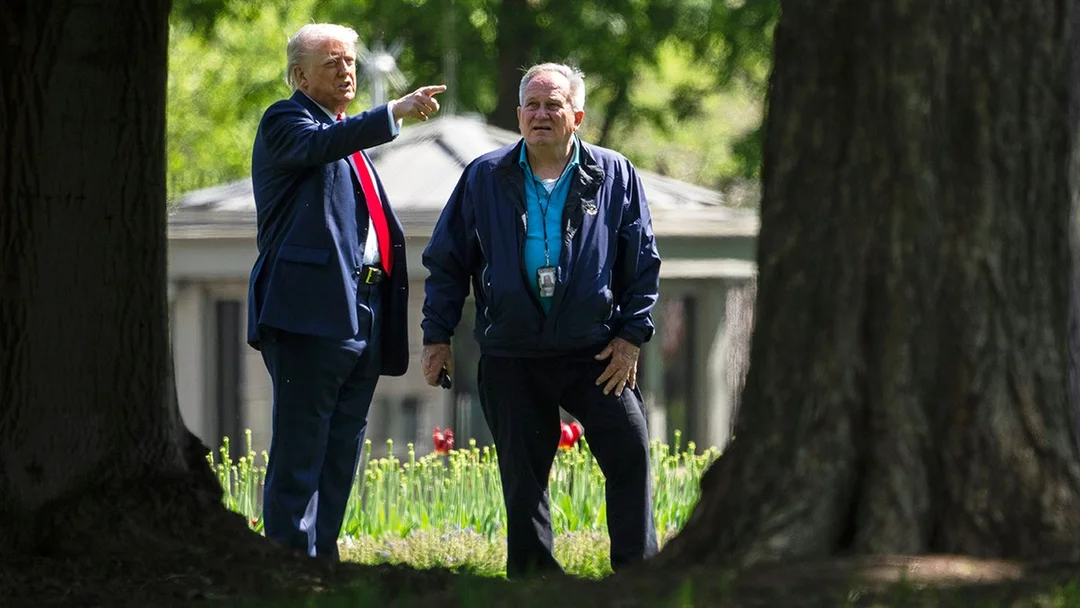
What’s Trump Really Trying to Say with His White House Redecorations?
As President Donald Trump continues to make his mark on the iconic White House, his recent decisions regarding decor and improvements have sparked significant discussions about both style and substance. With the installation of new flagpoles, an overhaul of the Oval Office, and a proposed renovation of the Rose Garden, the question arises: what image is he trying to convey to the American public?
On April 23, 2025, Trump announced ambitious plans for two striking 100-foot flagpoles, promising that they would be paid for out of his own pocket. According to the president, these flagpoles will fill a long-standing gap, as he noted, "they've needed flagpoles for 200 years." The visual impact of these towering structures is intended to symbolize patriotism and a renewed national pride, but some critics argue it borders on ostentation.

Moreover, the Oval Office has undergone a significant transformation under Trump's direction. The introduction of golden decor – described by some critics as "gilded opulence" – points to a departure from traditional presidential decorum. The shift is exemplified by the prominence of gold items, such as decorative coasters and trophies that scream of success. As Robin Givhan, senior critic-at-large at The Washington Post, noted, these additions create a "visual clutter" that strays from the elegant restraint typically associated with the Oval Office.
Supporters argue that the president's choices showcase confidence and an exuberant celebration of achievement, while detractors view the lavish decors as a sign of elitism that clashes with American values. NPR's Tamara Keith pointedly remarked, "The Trump brand is synonymous with over-the-top golden opulence," raising the question of whether this opulence resonates with the American public or reinforces a growing divide between the presidency and everyday citizens.
In addition, Trump’s desire to pave over the lawn in the Rose Garden exhibits a practical concern, as he has expressed frustration over wet grass and its impact on visitors wearing high heels. While the garden was originally established under President John F. Kennedy, it has had its share of makeovers, with Trump’s proposed alteration marking yet another step towards an entirely new aesthetic.

As these changes unfold, it becomes apparent that Trump's actions are not solely about aesthetics; they encapsulate a narrative he wishes to build around his presidency. The choices he makes inside the White House are deeply intertwined with his political identity, prompting an ongoing conversation about the intersection of personal taste and public perception. Is this truly an image of strength and success, or does it merely reflect a deviation from the ethos that has historically defined the presidency?
As we observe these dramatic changes to one of the most famous residences in the world, how do you feel about Trump's version of the American aesthetic? Are we witnessing a new chapter in the relationship between the Oval Office and the nation, or is it merely a temporary trend?
We encourage you to share your thoughts in the comments below for what promises to be an intriguing discussion!